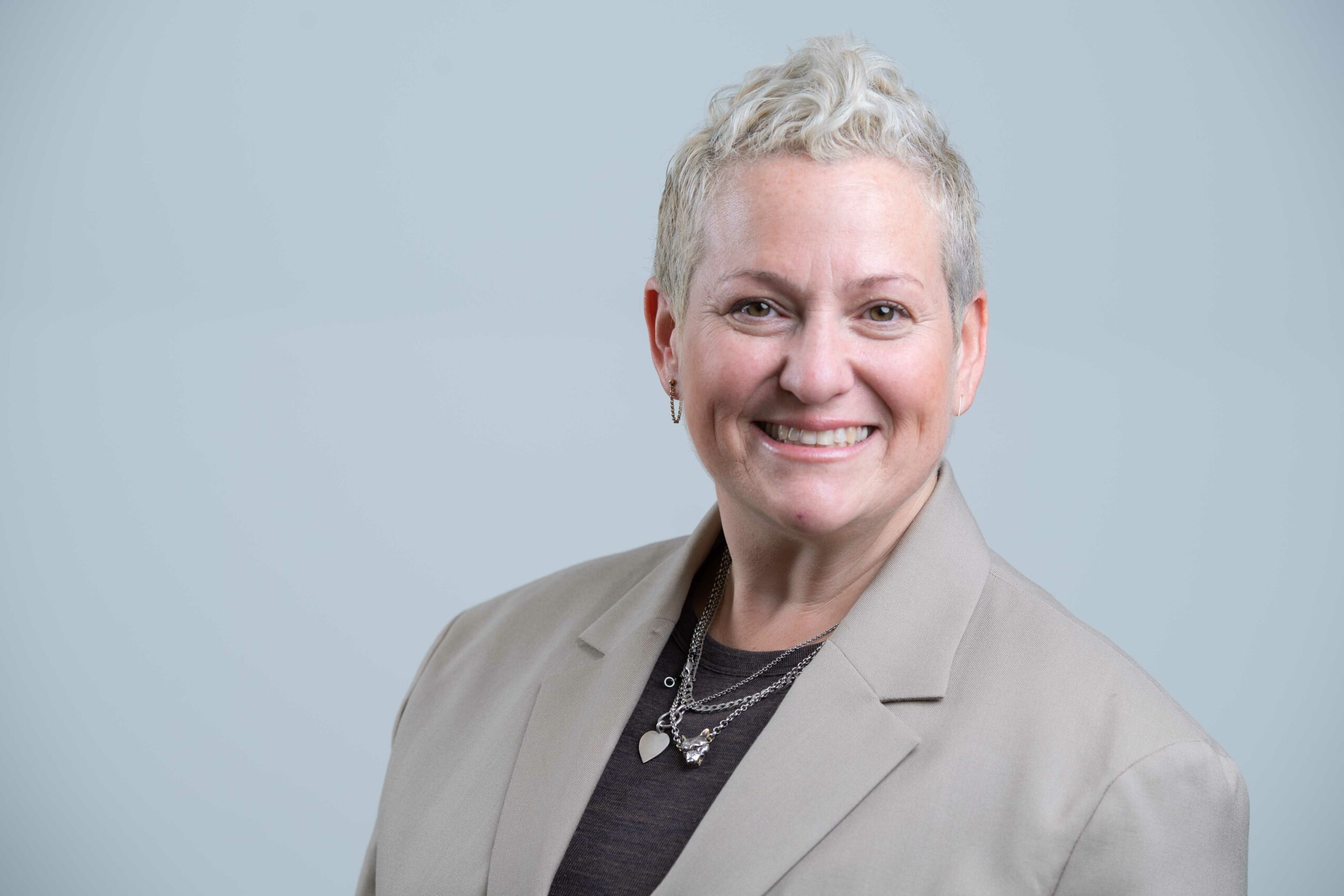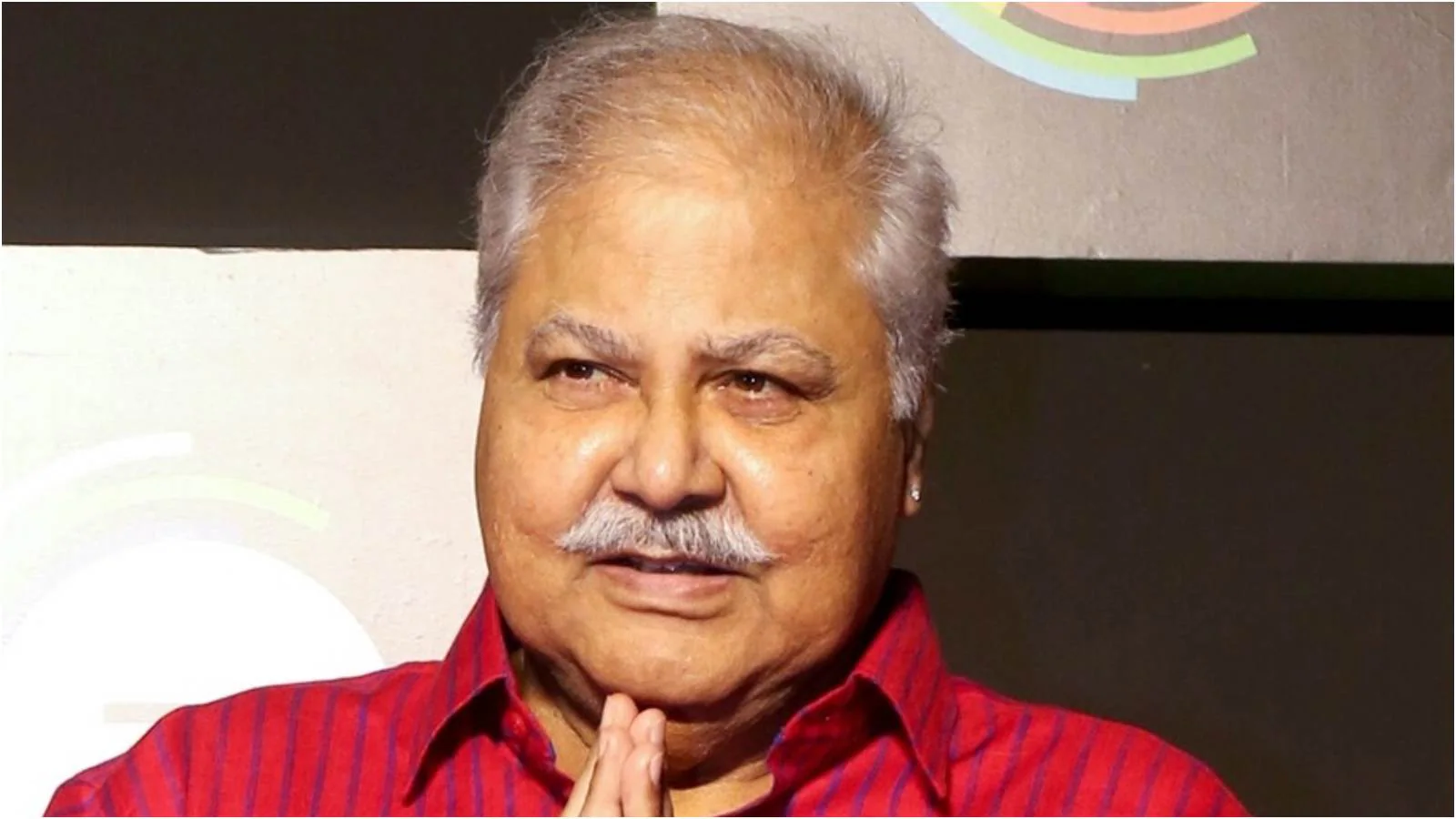Copyright newstatesman

The government’s plans to develop a new national neighbourhood health service offers a rare chance to reassess what we value and how we measure success. It’s not about building from scratch, as with the founding of the NHS, but it does provide a chance to reinstate the deeper purpose of healthcare – helping people live full, healthy and independent lives. True success should be measured in how the new service meets the needs and outcomes of the people who use it. With an ageing population and more people living with multiple conditions, the transformation needed is overdue. But neighbourhood health should not be a euphemism for doing the same with less. Building healthier communities will require an approach rooted in person-centred care, delivered by the right mix and number of professionals working together close to where people live. Community health services are a vital component of the current healthcare ecosystem. Services such as community neurorehabilitation, community-based pulmonary, cardiac and cancer rehabilitation, musculoskeletal (MSK) care and women’s health clinics must all be accessible through integrated neighbourhood hubs. Building neighbourhood health around outcomes The ambition to reimagine the NHS is welcome. But for neighbourhood health to deliver, reform must focus on outcomes and equity, not administrative neatness. In practice, this means designing services that meet people’s needs early and locally, reducing crisis care by strengthening prevention and rehabilitation. Physiotherapists and other allied health professionals have a critical part to play here. Their work sits at the intersection of health and independence – helping people regain mobility after illness, manage long-term conditions or stay active into older age. When integrated properly into neighbourhood teams, these professions are the glue that connects the medical, social and community aspects of care. There will be a need to realign the workforce and resources around what people actually require – the right care, at the right time, in the right place. Effective neighbourhood care Across the country, we are already seeing glimpses of this in practice. In Wythenshawe, Manchester, the physiotherapist Julia Worthington leads an integrated neighbourhood team that brings together health, social care and voluntary-sector partners. Her team’s approach tackles not only physical rehabilitation but also the social barriers that prevent recovery – from poor housing to debt and isolation. In one project, funding for local legal advice helped residents recover more than £1m in unclaimed benefits, improving both well-being and community resilience. In Suffolk, the physiotherapist Rhiannon Yates manages a 45-strong neighbourhood team that includes district nurses, community therapists and social care staff. By using local health data, they can anticipate need – such as running targeted COPD support during winter – and intervene earlier. The result: fewer hospital readmissions, smoother patient flow and better long-term outcomes. These are not isolated examples of professional innovation. They illustrate a broader truth – that neighbourhood health succeeds when teams have both the autonomy and the trust to respond to local realities. Integration built from the ground up The minister for care, Stephen Kinnock, recently spoke of a “fourth shift” in the NHS – from fragmentation to integration. That shift will not come from top-down restructures but from empowering local teams to work together across boundaries. Physiotherapists and other allied health professionals are often the quiet integrators in this process. Their training emphasises problem-solving, collaboration and long-term condition management – all essential to making joined-up care work in practice. But for that to happen at scale, we need enough of them in the system and clear career pathways in community settings. The shortage of roles for allied health professionals is one of the least discussed risks to the success of neighbourhood reform. We have record numbers of physiotherapy graduates each year who will be ready to fill essential roles in neighbourhood health services. Without a stable, multidisciplinary workforce, new structures will struggle to deliver on their promise. A system measured by lives, not lists Reforming the NHS is not just about who leads which service or how care is commissioned. It’s about deciding what we value. Neighbourhood services can be brilliantly led by GPs, but equally well led by local authorities or NHS community trusts. The important thing is the collaboration between sectors – including the voluntary sector – and clinicians. A truly modern health system should prize outcomes over outputs, prevention over repair and collaboration over competition. Neighbourhood health, if done well, could embody that shift: connecting the NHS back to the communities it serves and empowering professionals to deliver care that keeps people well, not just gets them seen. That will require political patience as well as investment, and a willingness to measure success in lives lived well, not merely lists reduced.



